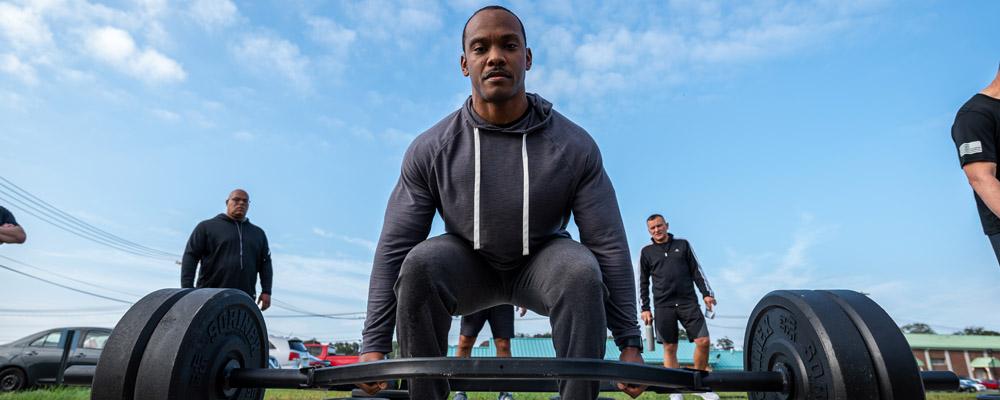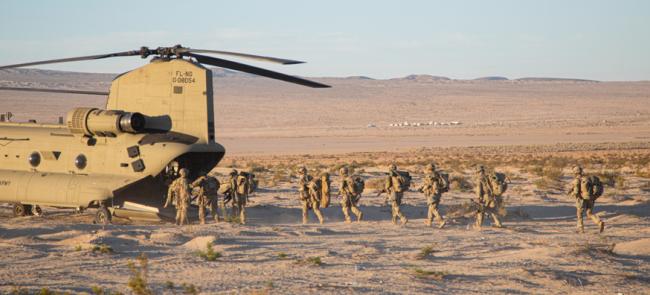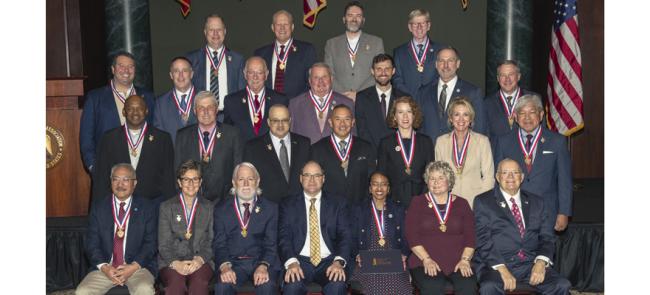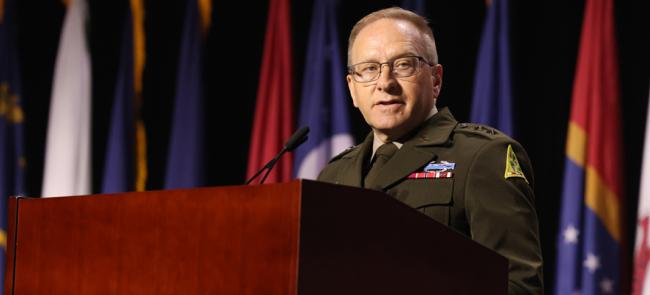
ACFT 3.0
The Army has been working on its new physical fitness test for more than a decade. But while the Army Combat Fitness Test has officially been the force’s test of record since October 2019, no soldier has taken it “for the record."
That is set to change in the coming year, with senior Army leaders aiming for full implementation as early as March 2022.
Supporters of the ACFT say it better prepares troops for the rigors of the battlefield, with a goal of reducing preventable injuries and bolstering overall combat readiness. But detractors say the Army hasn’t done enough to ensure soldiers are prepared for a test that could have a major impact on careers. Many also say it is biased against women and the Guard and Reserve.
To be sure, the Guard has challenges with the ACFT, namely scarce training time and limited access to the equipment. The test takes several hours and involves bumper plates, kettlebells, hex bars, sleds and medicine balls.
Many Guard soldiers have had to train for the new test on their own time, often using their own money to pay for pricey equipment or specialized gym memberships.
In Vermont, the state’s ACFT coordinator, Staff Sgt. Yolande Allen, has sent a regular newsletter to individual commands and attached information on the test to unit drill newsletters. She also holds weekly walkthroughs of the test at Camp Johnson in Colchester, Vermont.
But as of this summer, Allen said the state still lacked sufficient soldiers trained to administer and grade the test. Difficulty in finding time for workout classes was also a challenge.
“One obstacle we face is soldiers not feeling prepared or who have never taken the test,” she said. “It’s not like the Army Physical Fitness Test where you could just take anywhere and at any time. That is an obstacle, another is lack of a dedicated space for the ACFT in winter.”
Other states have also been working to introduce their soldiers to the new demands of the ACFT.
One obstacle we face is soldiers not feeling prepared or who have never taken the test.
—Staff Sgt. Yolande Allen, the Vermont Army National Guard's ACFT coordinator
“The biggest hurdle I see with the ACFT is for the guys who have been in a while,” Staff Sgt. Nick Murphy, a master fitness trainer with the New York Army Guard, said earlier this year. “Some of the guys who have been in for many years have never needed gym equipment to prepare for the previous APFT, which isn’t the case with the new ACFT.”
The ACFT replaced the 40-year-old Army Physical Fitness Test in 2019, but the impetus came in the early years of the wars in Afghanistan and Iraq.
By 2003, Army leaders noticed some soldiers were unable to conduct basic drills, like firing a weapon, moving to cover or performing first aid, according to officials. By 2009, they recognized that the standard Army physical training programs didn’t sufficiently prepare troops for combat.
The Army began pushing for soldiers to develop more muscular strength and power, according to the Army News Service. But there was a disconnect between that message and the APFT, which only required pushups, sit-ups and a 2-mile run for soldiers to be considered physically fit.
Direct work on the ACFT began in 2013 with an empirical study of the physical demands for common soldier tasks. A pilot program began in 2017 with the new test consisting of six events — a deadlift; standing power throw; push-ups, a sprint, drag and carry; leg tucks and a two-mile run.
Senior Army leaders have long warned the force that the new test was coming. Speaking at the 140th General Conference & Exhibition in 2018, the then-Army chief of staff, Gen. Mark A. Milley told NGAUS members the ACFT required preparation. “Do. Not. Wait,” he said. “This test is hard.”
But earlier this year, Military.com quoted several Guardsmen who said their units had inadequately prepared them for the ACFT and that it was up to individual soldiers to prepare on their own time, sometimes requiring them to buy fitness equipment or spend hundreds of dollars a month for CrossFit gym memberships that have the equipment and space the ACFT requires.
Some noted that many Guardsmen live paycheck to paycheck and lack the disposable income required to take those steps. Those Guardsmen may find that using Army-provided equipment requires lengthy commutes or is near impossible due to equipment largely being fielded by headquarters elements that are not reasonably accessible for traditional Guardsmen.
While the Army has not counted ACFT scores against soldiers, they have pushed soldiers to take the test to help the force collect data that could drive future changes to the test.
To date, there have been three iterations of the ACFT. The Army announced the latest version of the test, the so-called ACFT 3.0, earlier this year. It took effect on April 1.
Among the changes, soldiers may now opt to perform a plank exercise instead of the leg tuck. Officials also created a tiered system in response to score differences between men and women when being used to assess for promotions and job selections.
The Army is currently in a data collection period, urging soldiers to take a diagnostic version of the ACFT that could shape future changes.
For 2021, all active and Active Guard Reserve soldiers were required to take two ACFTs, with Reserve and Guard soldiers required to take one. But in the first six months of collecting ACFT scores, fewer than 7% were from Guardsmen. Pandemic relief missions and the U.S. Capitol protection mission were among the reasons for a delay in Guard tests.
Despite the challenges, some Guardsmen have excelled at the ACFT, with numerous approaching or hitting the test’s maximum score of 600.
One of the latest ACFT all-stars was Spc. Angelo Brunetti, a member of the Pennsylvania-based 28th Expeditionary Combat Aviation Brigade.
While deployed to the U.S. Central Command area of operations earlier this year, Brunetti, who has a boxing background, scored a 599 on the ACFT, one point shy of a perfect test.
A UH-60 helicopter repairer, Brunetti said the near miss had him hungry for another go at the ACFT, even as he earned praise from unit leaders and the commanding general of the Operation Inherent Resolve mission.
“Being one point away definitely made me question whether or not I gave it all I had,” said Brunetti. “It was humbling to know that there’s always room for improvement no matter how small.”
The author can be reached at [email protected].



